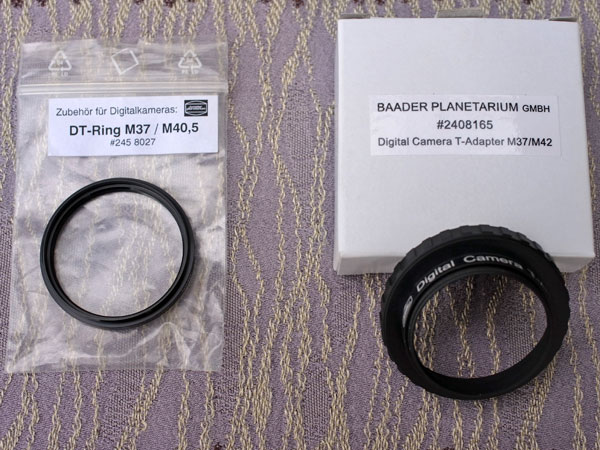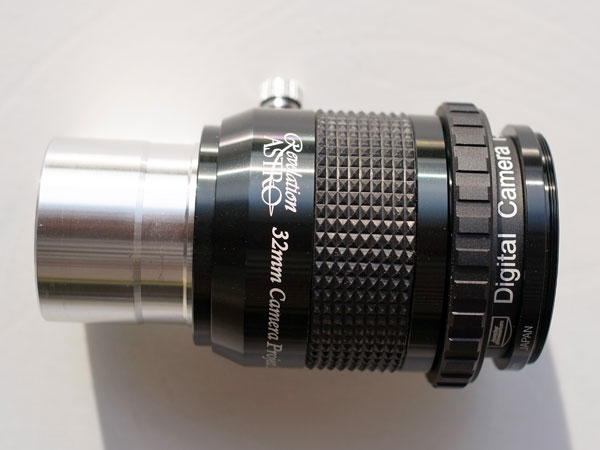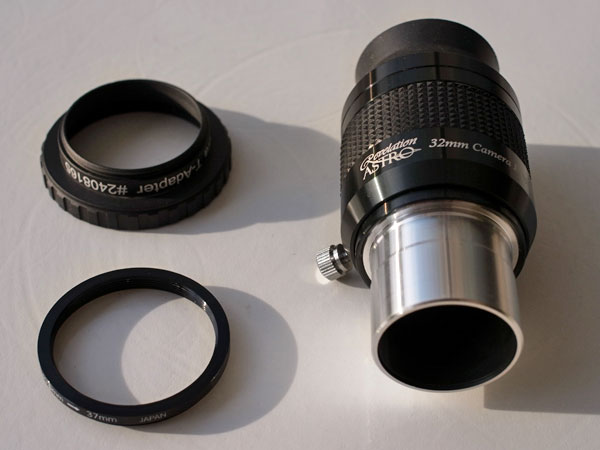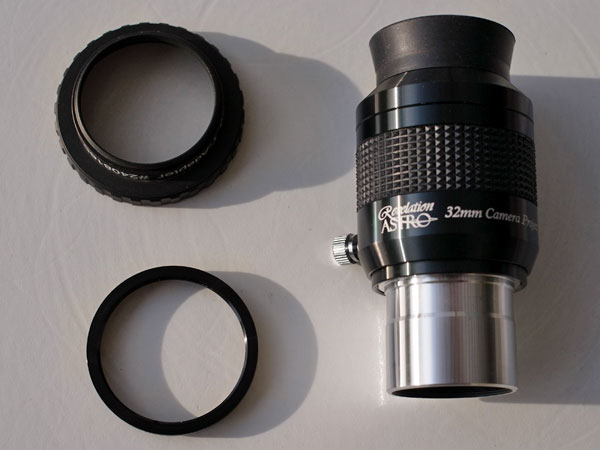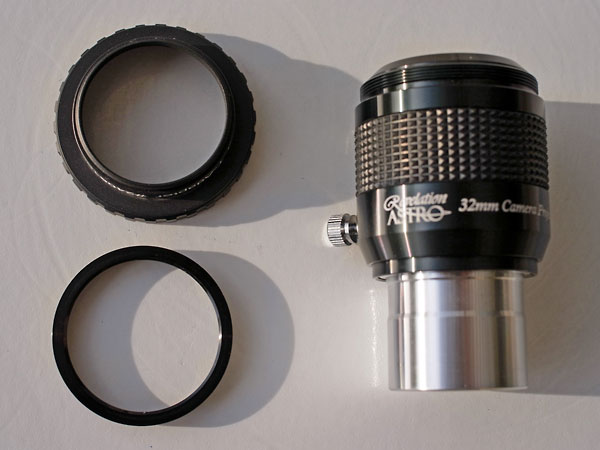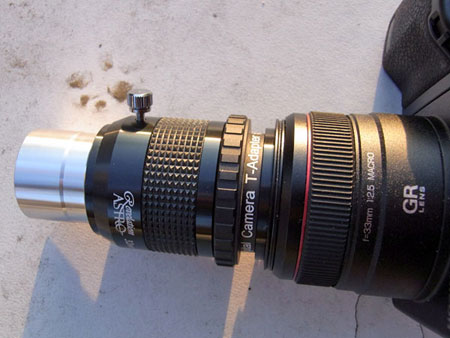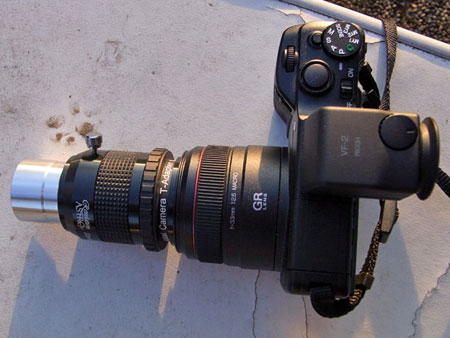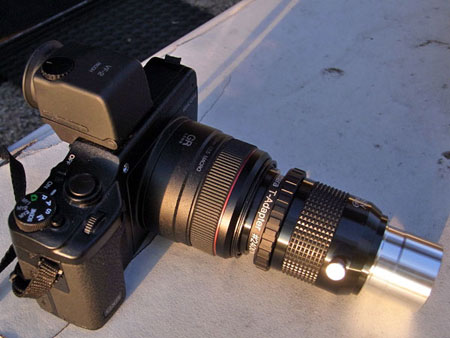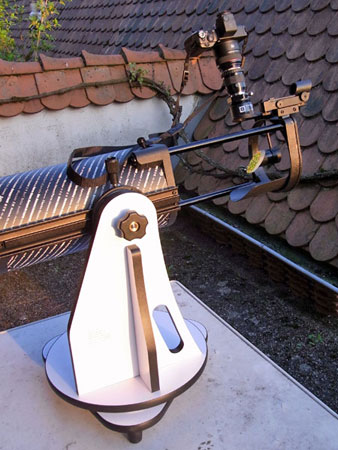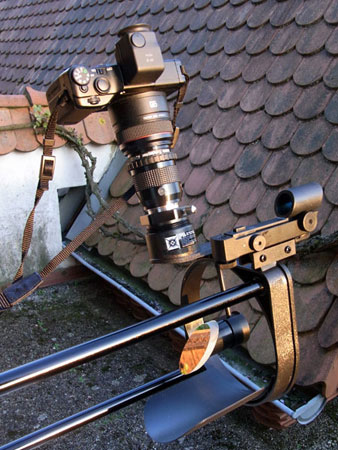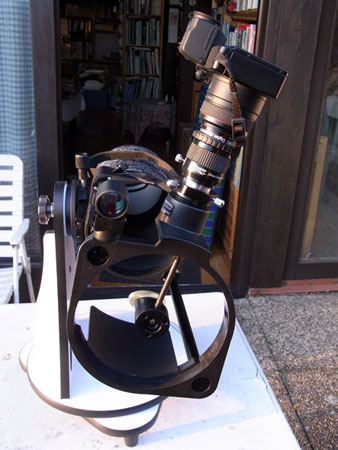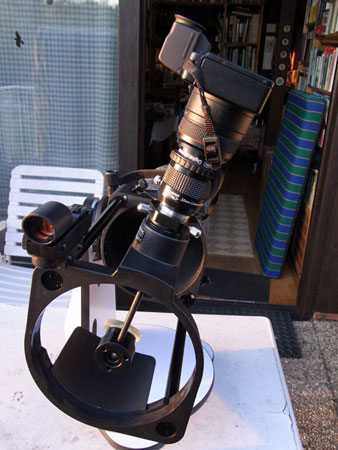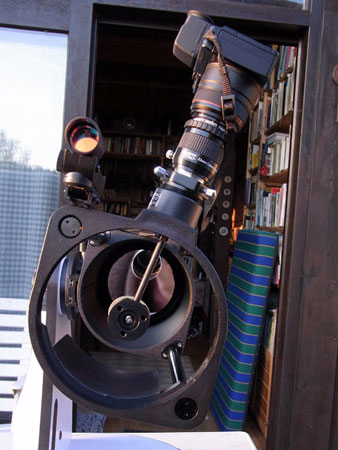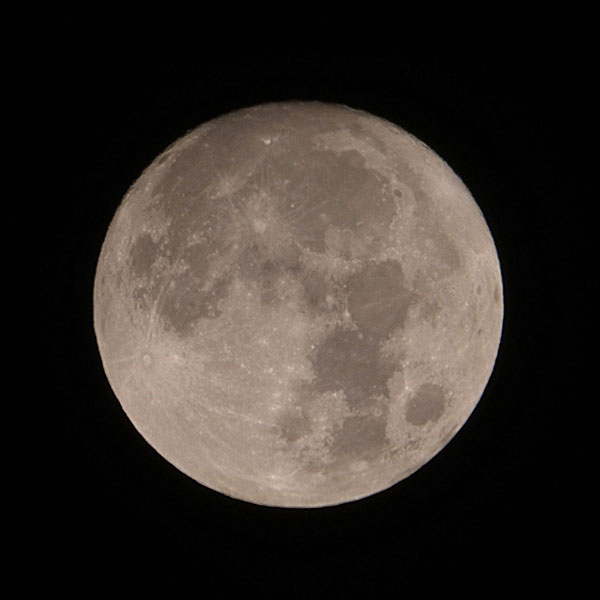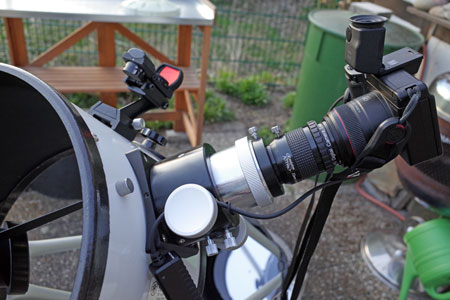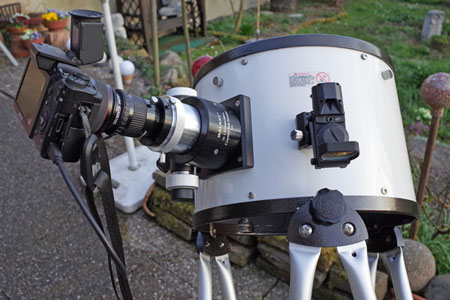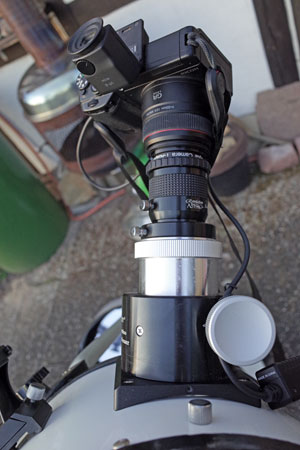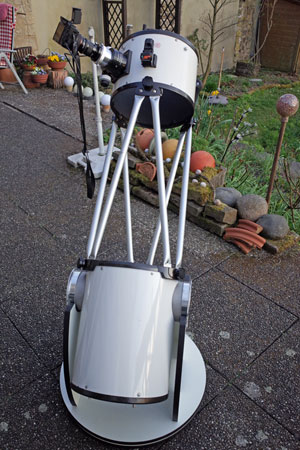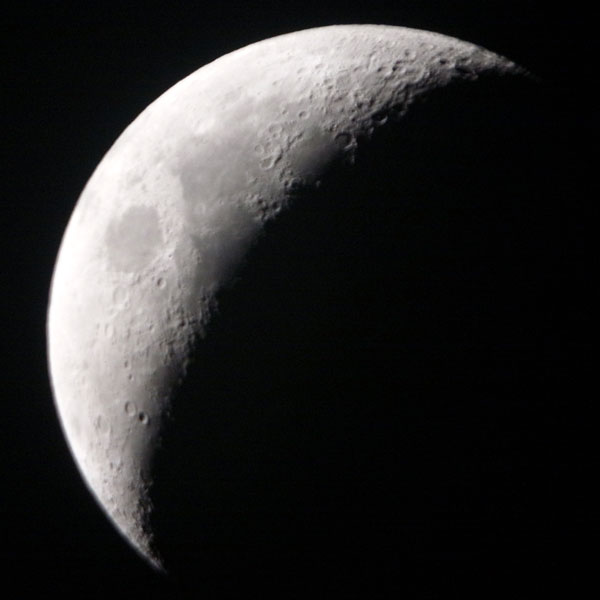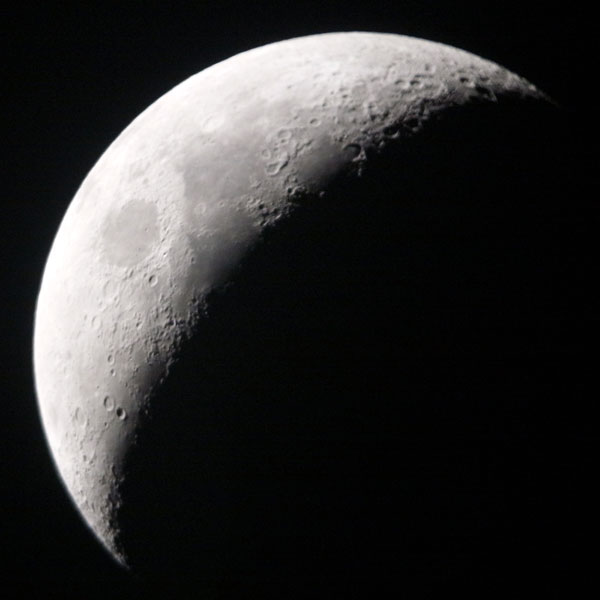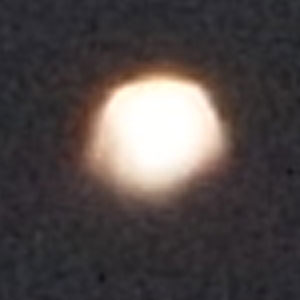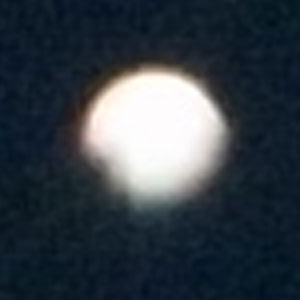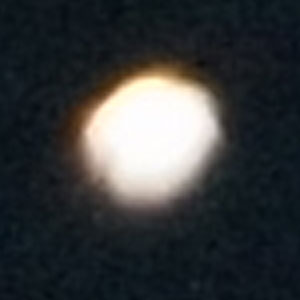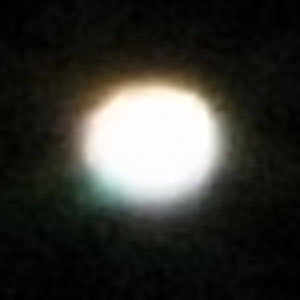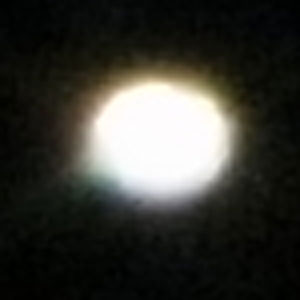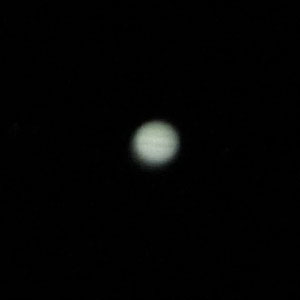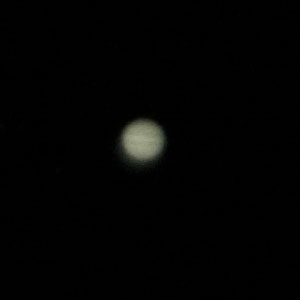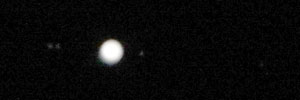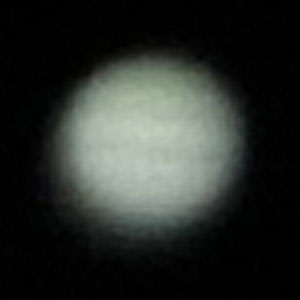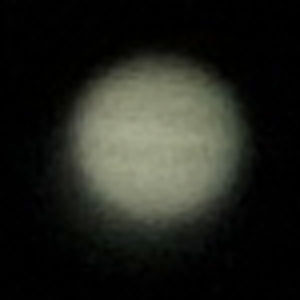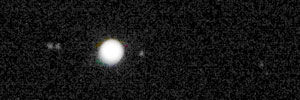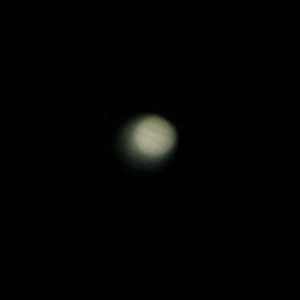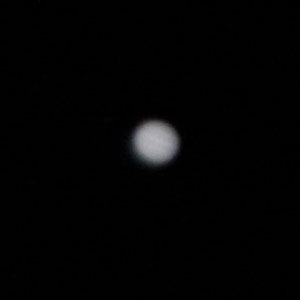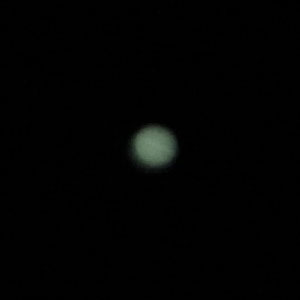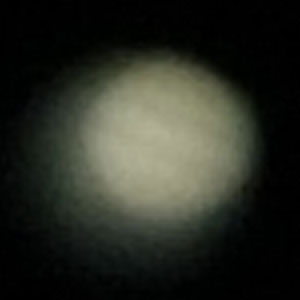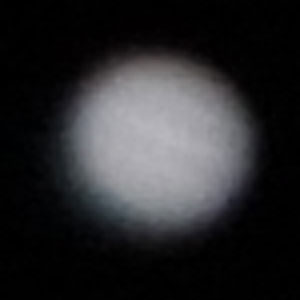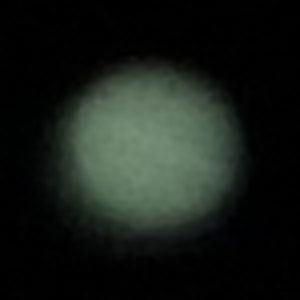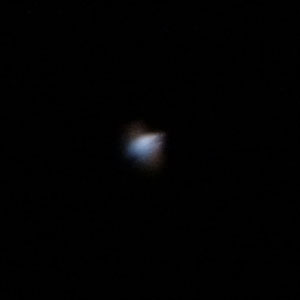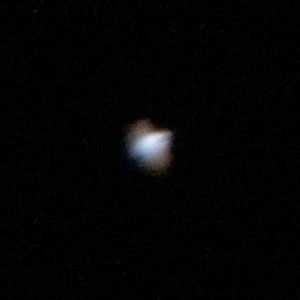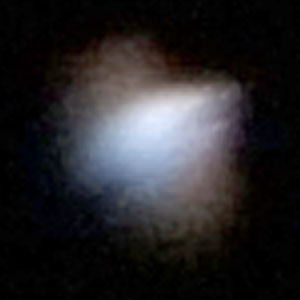Ricoh GXR A12 Attached to Telescope (1)
Prolog... | Eyepiece and Adapters | Camera Attached to Eyepiece | Camera Attached to Heritage P130 Telescope | Result: Photo of the Full Moon | Camera Attached to Meade 10" Dobson Telescope | Result: Photos of the Quarter Moon | Result: Venus, Jupiter, ISS?
Archive
On this page, I demonstrate how I attach the Ricoh GXR A12-50 combo to a telescope eyepiece with a T mount filter thread for taking astro photos using the projection technique. Projection technique means that the camera is mounted to the eyepiece, not directly to the telescope. The latter technique can only be used with SLR cameras where the body can be directly attached to the telescope - typically using a T mount adapter.
BTW: I mention the 1:50 method several times on this site. This is a simple variant of the projection technique - you hold the camera by hand to the eyepiece instead of attaching it firmly...
Note: Since I no longer own the Meade 10" Dobson telescope, I cannot offer any further information on this configuration and photos taken with it. Moreover, I sold the Ricoh GXR.
Prolog...
At the beginning a few warnings:
- Special care must be taken that the front lens of the camera and the front lens of the eyepiece do not touch and damage each other!
- If you need to use several adapters rings and attach these to the camera lens, you are in danger of tightening the rings too strongly so that you cannot separate them from each other when disassembling everything. Particularly, the DT ring may stick either to the camera lens or to the adapter to which it is attached - I experienced already both cases... As I do not like to grasp the adapters with tongs, I used a rubber blanket from our kitchen gear (used for opening glass containers or bottles) for separating adapters - with success. However, special tools for unscrewing the adapters would be much more helpful...
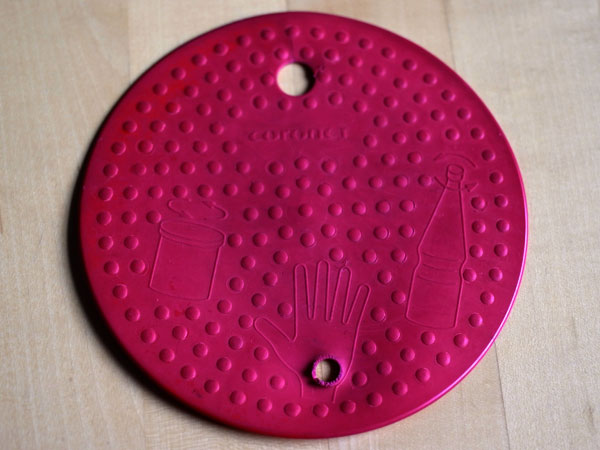
Eyepiece and Adapters
Here, you can see the Revelation 32 mm DigiScope eyepiece and the two adapters needed to mount the Ricoh GXR A12-50 to the eyepiece. A second adapter is required, because there is no T mount adapter available, which directly fits the filter thread of the A12-50 camera unit (40.5 mm).You can remove the upper part of the eyepiece including the eyecup to reveal the T mount filter thread.
|
Left: Baader DT ring adapter M37/M40.5 (#2458027); right: Baader digital camera T mount adapter M37/M42 (#2408165) |
Left: Baader DT ring adapter M37/M40.5 (#2458027); right: Baader digital camera T mount adapter M37/M42 (#2408165) - Ricoh CX1 |
Revelation 32 mm DigiScope eyepiece - eyecup removed and adapters attached |
|
Top left: Baader T mount adapter M42/M37; bottom left: Baader DT ring adapter M37/M40.5; right: Revelation 32 mm DigiScope eyepiece |
Top left: Baader T mount adapter M42/M37; bottom left: Baader DT ring adapter M37/M40.5; right: Revelation 32 mm DigiScope eyepiece |
Top left: Baader T mount adapter M42/M37; bottom left: Baader DT ring adapter M37/M40.5; right: Revelation 32 mm DigiScope eyepiece - eyecup removed |
Camera Attached to Eyepiece
Here, you can see the Ricoh GXR A12-50 attached to the Revelation 32 mm DigiScope eyepiece:
|
Detail view |
Complete view |
|
Detail view |
Complete view |
Camera Attached to Heritage P130 Telescope
Here, you can see the Ricoh GXR A12-50 attached to the Dobsonian telescope Sky-Watcher Heritage P130 and the Revelation 32 mm DigiScope eyepiece:
|
More or less complete view |
Detail view |
|
View from front |
View from front |
|
View from front |
Result: Photo of the Full Moon
Finally, here is a photo of the full moon with some additional sharpening that was taken with the equipment shown above (April 27, 2010):
Photo: Photo of the full moon
Note: Please note that the Revelation DigiScope 32 mm is a wide angle eyepiece with a low magnification of about 20 at the Heritage P130 (it would deliver a magnification of about 40 at my Meade 10" Dobson telescope). Such a low magnification is not sufficient for photos of planets. Therefore, I looked for a solution to attach the GXR A12-50 combo to my Baader Hyperion eyepiece having a focal length of 5 mm (130x and 250x magnification) - and found it.
Camera Attached to Meade 10" Dobson Telescope
Note: Since I no longer own the Meade 10" Dobson telescope, I cannot offer any further information on this configuration and photos taken with it.
Only in April 2015, I found the opportunity to attach the Ricoh GXR A12-50 camera unit to the Revelation DigiScope 32 mm eyepiece and my Meade 10" Dobson telescope and - in poor seeing conditions - try this combination out. Boelow, I show how the camera is mounted to the Revelation eyepiece and the Meade 10" Dobson telescope:
|
Detail view |
Detail view |
|
Detail view |
Complete view |
Result: Photo of the Quarter Moon
Note: Since I no longer own the Meade 10" Dobson telescope, I cannot offer any further photos taken with it.
Finally, here are two photos of the quarter moon with the Revelation DigiScope 32 mm eyepiece and my Meade 10" Dobson telescope (April 23, 2015):
Photo: Photo of the quarter moon
Photo: Photo of the quarter moon
Result: Venus, Jupiter, ISS?
Note: Since I no longer own the Meade 10" Dobson telescope, I cannot offer any further photos taken with it.
In April 2015, I tested the combination of the Ricoh A12-50 camera unit with the Revelation DigiScope 32 mm eyepiece and my Meade 10" Dobson telescope. As mentioned above, the low magnification (40 x) is not sufficient for photos of planets, as the following photos clearly demonstrate...
Venus
Venus war too bright and the sky too cloudy to get more details (April 12, 2015):
Venus, 400% (magnified in PSE) |
Venus, 400% (magnified in PSE) |
Venus, 400% (magnified in PSE) |
Here are two more (but not better...) attempts from April 23, 2015:
Venus, 400% (magnified in PSE) |
Venus, 400% (magnified in PSE) |
Jupiter
Attempts from April 12, 2015:
Jupiter, 100% (made brighter in PSE) |
Jupiter, 100% (made brighter in PSE) |
Jupiter with 3-4 moons (made brighter in PSE) Jupiter is too bright to make its stripes as well as its moons visible. Here, I made the photo brighter so that the moons appear (with the eye, I was able to see both the moon and the Jupiter stripes in the camera's viewfinder) |
Jupiter, 400% (magnified in PSE) |
Jupiter, 400% (magnified in PSE) |
Jupiter with 3-4 moons (made even more bright in PSE) Jupiter is too bright to make its stripes as well as its moons visible. Here, I made the photo even more brighter so that the moons appear but also the background noise (with the eye, I was able to see both the moon and the Jupiter stripes in the camera's viewfinder) |
One day later, the results were even worse:
Jupiter, 100% |
Jupiter, 100% |
Jupiter, 100% |
Jupiter, 400% (magnified in PSE) |
Jupiter, 400% (magnified in PSE) |
Jupiter, 400% (magnified in PSE) |
Attempt from April 23, 2015 with - fuzzy - moons (Jupiter gets too bright when you attempt to capture the moons):
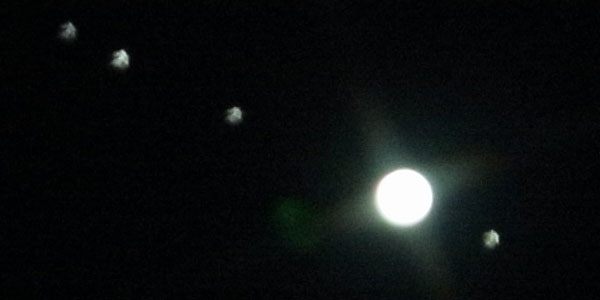
Jupiter with four moons, 100%
ISS?
On the same day, the ISS was visible, and I tried to photograph it using the LED finder for directing the telescope (not looking at the camera's viewfinder). On one of several attempts, there was a little white dot on the photo. And at a closer look, it looked as follows:
ISS, 100% |
ISS, 100% (made lighter in PSE) |
ISS, 400% (magnified in PSE, made lighter) |
Perhaps, it is indeed the ISS...
| 20.09.2022 |
